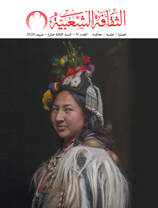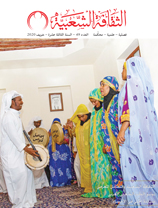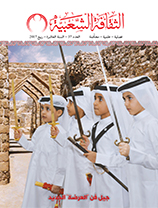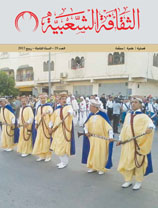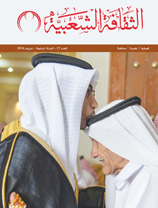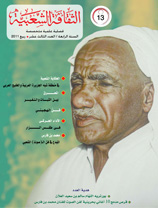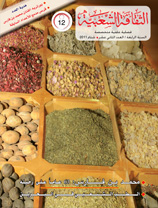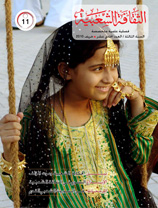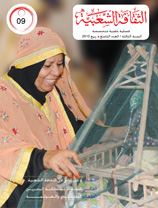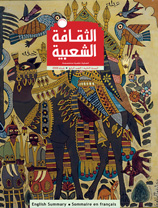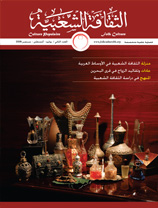The space of the Moroccan bath A study of rituals and traditions
Issue 16
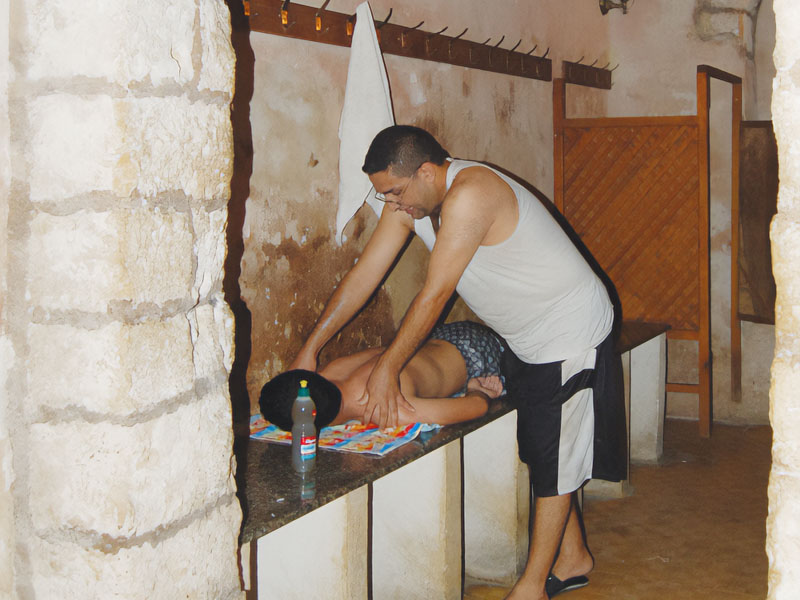
Alal Rakuk (Morocco)
Public baths and their traditions and rituals reflect aspects of Arab-Islamic civilization; this is evidenced by the abundance of public baths in traditional Islamic cities such as Baghdad, which is said to have over 1,500 public baths. Due to the various social and religious roles that the baths played, the ruling authorities thought them important enough to appoint a Muhtasib to each bath to ensure cleanliness and to supervise the bath’s workers and visitors.
The phenomenon of public baths began in Morocco in old cities such as Fez, where over 300 people visited the baths each day. The Moroccan baths differ architecturally, functionally and practically from those in Turkey, Damascus, Cairo or Tunis. As is the case in eastern Arab countries, Moroccan public baths have changed over time, reflecting the impact of different civilizations and of technological advancements.
Anyone who seeks to research the aspects and functions of public baths will notice that resources are scarce, although multiple research approaches and hypotheses have been used in the study of public baths.
We offer the following observations about the few studies that are available:
A - Most studies focus on the engineering and architectural aspects of public baths. This is true of archaeological studies of Roman sites in Morocco, such as Rebuffat’s study of Thamusida and Godin’s book on Volubilis.
B - These studies did not consider the public bath as a space where social relations formed despite the authorities’ control.
C - There is almost no typology of public baths and of the development of the tools used in the baths. There is also no mention of the customs, traditions and rituals associated with bathing in the complex and intricate space of the bath.
For the most part, the available studies discuss whether the baths were originally Roman or Turkish; some studies also look at the locations of the baths within the city. Other studies mention public baths in Cairo, Tunis and occasionally Fez, but none provide comprehensive information about the public baths’ role in social and cultural life. The limitation of the historical writings may be explained by the classical historians’ tendency to dismiss public baths as a minor topic that does not qualify as a significant historical event. The writer rejects this dismissive assessment and approaches the topic from the phenomenological perspective of history adopted in modern historical writings, which consider any event or subject a potential research topic regardless of the amount of interest it generated. Due to the lack of resources, researchers must rely on oral accounts and observe and compare current practices so that we can analyze the traditions and practices of the public bath and authenticate their rituals.
















